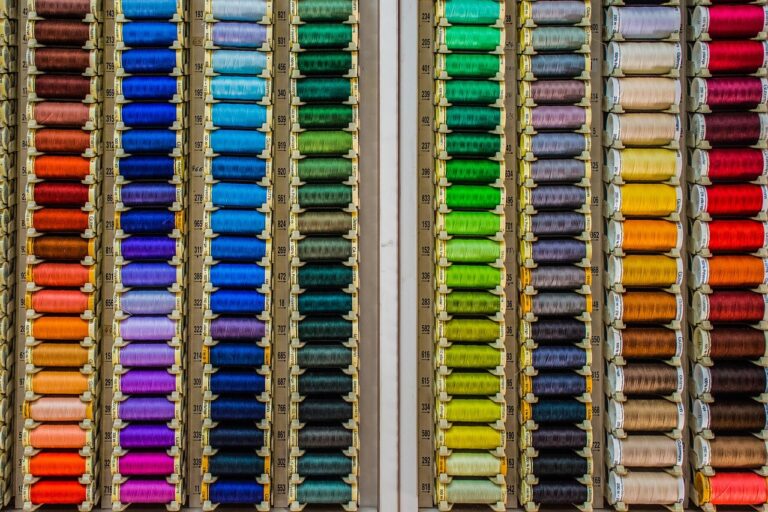Analyzing the Environmental Impact of Fast Fashion
Fast fashion has transformed the way consumers shop for clothing, offering trendy pieces at affordable prices. Brands like Zara, H&M, and Forever 21 have popularized the concept of quickly produced garments that mimic the latest runway trends. This rapid production cycle allows customers to constantly update their wardrobes with new styles without breaking the bank.
Social media platforms and influencers have played a pivotal role in fueling the rise of fast fashion. With the rise of Instagram and TikTok, trends spread like wildfire, influencing consumers to purchase the latest must-have items. The constant stream of fashion inspiration online has created a culture of instant gratification, where consumers are always seeking the next big trend to stay relevant in the fast-paced world of fashion.
The Production Process of Fast Fashion
Fast fashion is characterized by its rapid production process, where new trends are quickly manufactured and brought to market at affordable prices. This fast-paced cycle involves tight deadlines for designing, producing, and distributing garments, leading to a high turnover rate of clothing collections. To meet consumer demand for the latest styles, fast fashion brands often prioritize speed and cost-efficiency over considerations for sustainability and ethical labor practices.
In the production process of fast fashion, garment production is frequently outsourced to countries with lower labor costs, where workers may face poor working conditions and low wages. Mass production techniques such as cut-make-trim (CMT) are commonly used to manufacture clothing quickly and in large quantities. This streamlined approach allows for rapid production but may sacrifice quality and durability in the final products.
Fast fashion involves rapid production of new trends at affordable prices
Tight deadlines for designing, producing, and distributing garments
High turnover rate of clothing collections to meet consumer demand for latest styles
Emphasis on speed and cost-efficiency over sustainability and ethical labor practices
In the production process of fast fashion:
Garment production often outsourced to countries with lower labor costs
Workers in these countries may face poor working conditions and low wages
Mass production techniques like cut-make-trim (CMT) used for quick manufacturing in large quantities
Streamlined approach allows for rapid production but may compromise quality and durability
The Effects of Fast Fashion on Water Pollution
Fast fashion has been under scrutiny for its detrimental impact on water pollution. The production processes involved in creating trendy, inexpensive clothes often involve extensive water usage and the release of harmful chemicals into waterways. These pollutants not only affect aquatic ecosystems but also pose serious health risks to communities living nearby.
Furthermore, the disposal of fast fashion items adds to the water pollution crisis. Synthetic materials like polyester and nylon shed microplastics when washed, which eventually find their way into rivers and oceans. These tiny plastic particles not only contaminate water sources but also harm marine life, further exacerbating the detrimental effects of fast fashion on water pollution.
What is fast fashion?
Fast fashion refers to the trend of quickly producing and selling inexpensive clothing that is inspired by the latest fashion trends.
How does fast fashion contribute to water pollution?
Fast fashion contributes to water pollution through the production process, which often involves using large amounts of water to dye fabrics and finish garments.
What are some of the chemicals used in the production of fast fashion that can cause water pollution?
Some of the chemicals used in the production of fast fashion that can cause water pollution include dyes, bleaches, and finishing agents.
How does fast fashion impact the environment beyond water pollution?
Fast fashion also contributes to other environmental issues such as textile waste, greenhouse gas emissions, and soil contamination.
What can consumers do to reduce the negative effects of fast fashion on water pollution?
Consumers can reduce the negative effects of fast fashion on water pollution by buying less, choosing quality over quantity, and supporting sustainable and ethical fashion brands.






